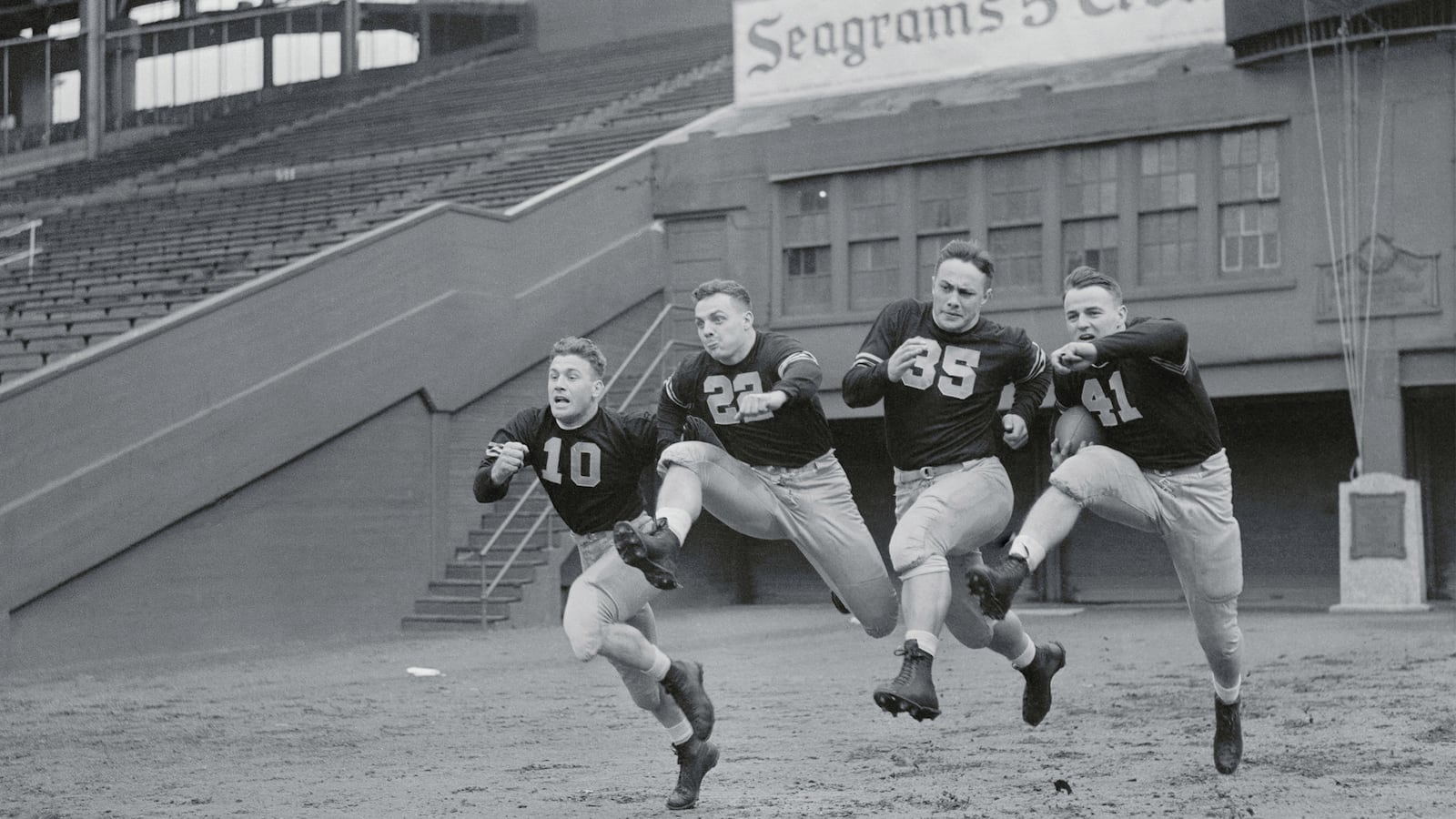On Oct. 30, 1909, in a football game between Army and Harvard, Army’s left tackle Eugene Byrne died trying to stop a running play that ended with him at the bottom of a pileup. As the Harvard Crimson noted, Byrne “had been bearing the brunt of the Harvard attack” all afternoon. Even before his injury, the strain had begun to tell on him.
Byrne’s death 105 years ago is not part of our current football lore, but it’s worth recalling on its anniversary when once again the dangers of football are front-page news. In 1909, Byrne’s death was covered closely by the Boston Daily Globe and New York Times in the East and the Chicago Daily Tribune in the Midwest.
According to the Boston Daily Globe, Byrne lay unconscious on the West Point field for 20 minutes before he was taken to the hospital. With 10 minutes left to play, the game was then stopped and awarded to Harvard 9-0, the score at the time of Byrne’s injury. It was already apparent to the players how serious Byrne’s injury was, and soon football fans got a full account of Byrne’s last hours from the newspapers. They learned that X-rays showed a dislocation between his first and second cervical vertebrae and that he died at 6:35 a.m. on the day after the game.
In the wake of Byrne’s death, the superintendent of West Point declared that Army’s football season was over and canceled the four remaining games on the team’s schedule. Undefeated Harvard, which had three games left, including its finale with Yale, did not follow suit. It limited its response to sending college officials and students to Byrne’s funeral.
The Intercollegiate Athletic Association, the forerunner of today’s National Collegiate Athletic Association, responded to Byrne’s death by instituting a series of rule changes. Like today’s National Football League, the association’s aim was to make sure the game remained palatable to fans. Beginning in 1910, seven offensive players were required to be on the line of scrimmage at the start of play (thus limiting the number of players who could be massed for a run), and offensive players were not allowed to push or pull a ball carrier forward.
Byrne’s parents were left to cope with his death as best they could. Byrne’s mother was traveling on the day that her son died, and when she finally got to West Point, her husband, Col. John Byrne, a Civil War veteran and former Buffalo chief of police, was the one who told her of their son’s death. Two months later, Col. Byrne was in the news.
On the last day of 1909, a small obituary revealed the toll his son’s death had taken on him: “Colonel John Byrne, a former Chief of Police of this city, died to-day as the result of a stroke of apoplexy,” the two-sentence obituary in The New York Times noted. “Col. Byrne was the father of Eugene Byrne, the West Point cadet who died recently from injuries received in a football game.”
Today, we know more than we ever have about the risks of playing football, especially the cumulative effects of the concussions players experience. But even in 1909 how lethal the game could be was no secret. That year, the Chicago Daily Tribune published a report that should have shaken football’s defenders to the core when they contemplated the 1910 season. Over the course of 1909, 26 players were killed, 70 seriously injured, the Tribune noted in a carefully documented story that received nationwide circulation.
Nicolaus Mills is professor of American studies at Sarah Lawrence College and author of the forthcoming book Every Army Man Is With You: The Cadets Who Won the 1964 Army-Navy Game, Fought in Vietnam, and Came Home Forever Changed.





